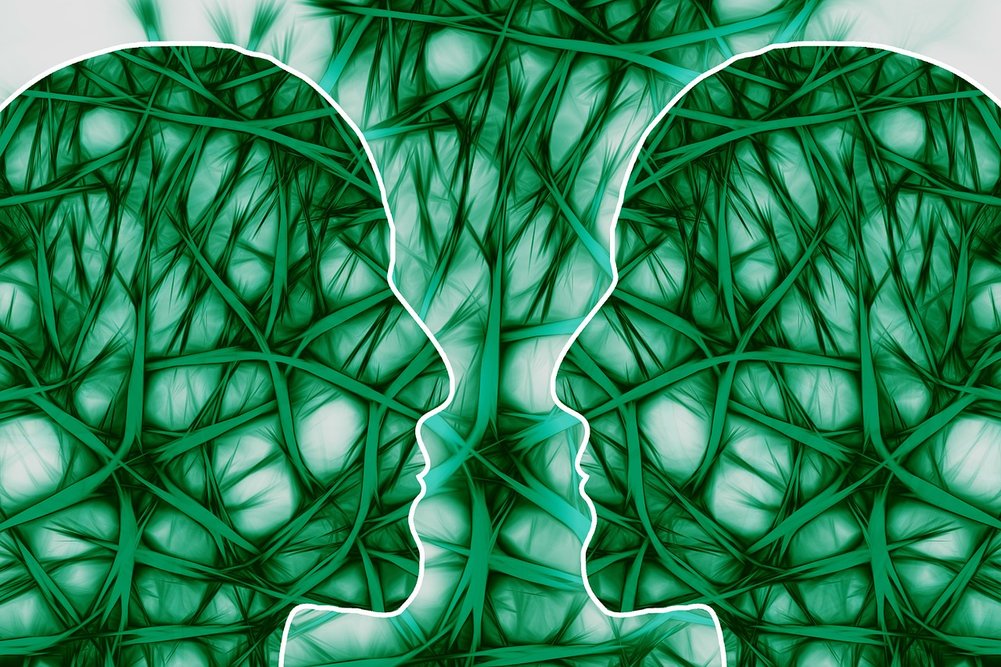Researchers from UCLA successfully transplanted memories by transferring RNA from one sea snail into another. They are one step closer to solving the puzzle of the physical basis of memory. In the long run, these findings could lead to treatments of diseases such as Alzheimer’s or post-traumatic stress disorder (PTSD).
Memory transfer has long been a topic of popular science fiction. Now, one research group might have opened those doors just a little bit more with their new findings published in the journal eNeuro.
Prof David Glanzman, one of the authors from the University of California, Los Angeles (UCLA), told the BBC the result was “as though we transferred the memory”.
Although it might sound like a strange choice, their test subject was the marine snail Aplysia californica. The snail has about 20,000 neurons in its central nervous system, while humans have about 100 billion, but researchers say that the cells and molecular processes are similar. They know a lot about how these organisms learn since sea snails have been studied for a long time.
The snails were trained to respond to a stimulus and develop a defensive reaction. After mild electric shocks were administered, they triggered a defensive curl reflex which lasted just a few seconds. Through repeated shocks, snails showed defensive behavior and curled for up to about 50 seconds.
No harm was done to the snails during the process. “These are marine snails and when they are alarmed they release a beautiful purple ink to hide themselves from predators. So these snails are alarmed and release ink, but they aren’t physically damaged by the shocks,” Glanzman said.
Ribonucleic acid (RNA), which forms proteins from DNA, was extracted from the nervous systems of the snails that underwent the shock treatment and injected into snails that had never been sensitized. RNA entered their open circulatory system and when they were shocked, they displayed the same defensive contraction that lasted about 40 seconds. In contrast, the snails that weren’t injected with the RNA curled for only a few seconds. Similar results were obtained with sensory nerve cells studied in petri dishes.
The paper will also help clear up a longstanding scientific debate on whether long-term memories are stored in the synapses (the spaces between nerve cells) or not. Some researchers believe memories might be stored in the nuclei of neurons. Furthermore, the paper might support old evidence that RNA was involved in memory.
“If memories were stored at synapses, there is no way our experiment would have worked,” said Prof Glanzman.
The UCLA research group suggests their research might one day allow us to “modify, enhance, or depress memories.” These findings do not close the debate about where memories are stored and they are far away from restoring detailed memories in humans. Nevertheless, Glanzman’s team plans to do more research to determine which type of RNA most directly impacts memory. One thing is certain, the greater the understanding of memory storage we have the greater the opportunity to explore different aspects of memory.
Watch the video below to learn more about the early stages of A. californica research from Prof. David Glanzman:
To learn more about the processes our brains use to retain as well as forget memories, watch the video below:
By Andreja Gregoric, MSc











